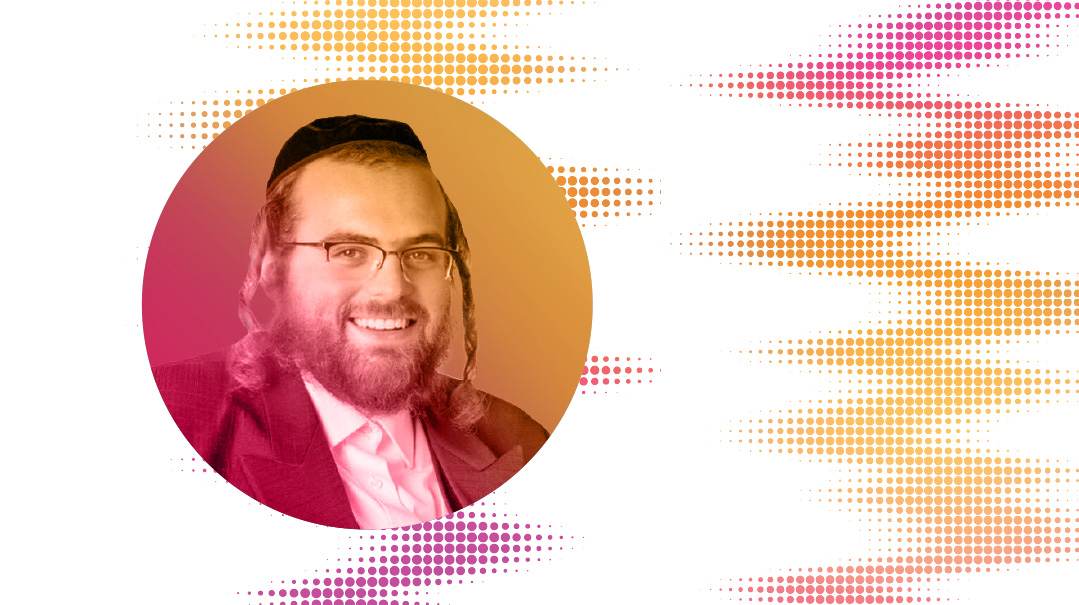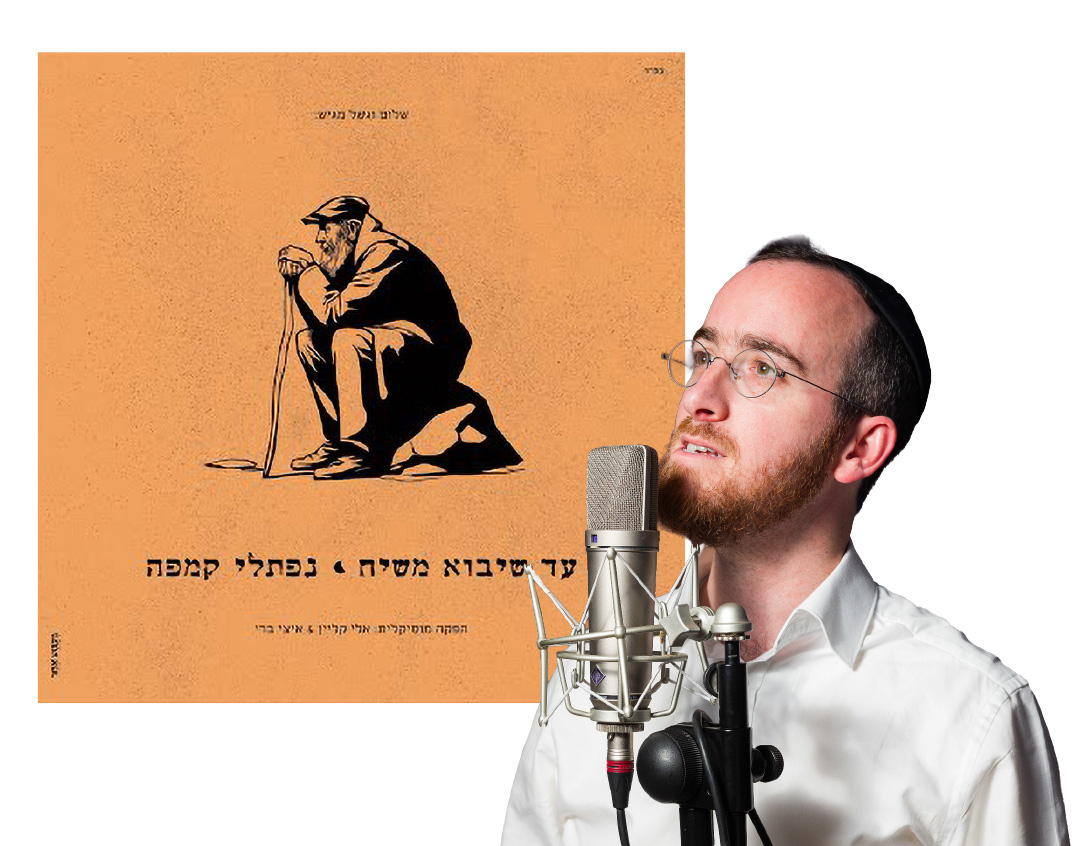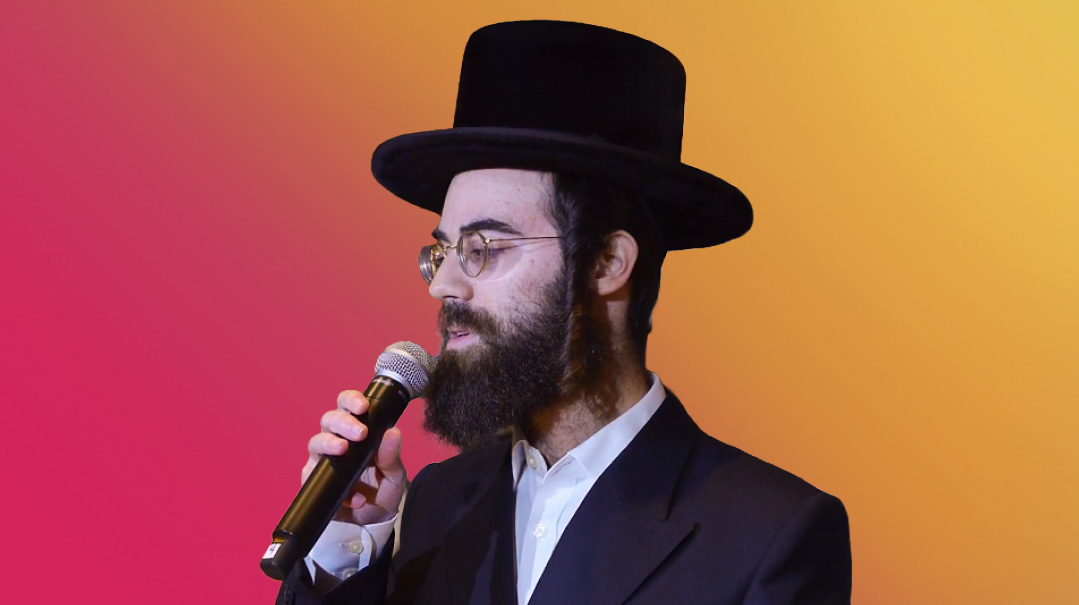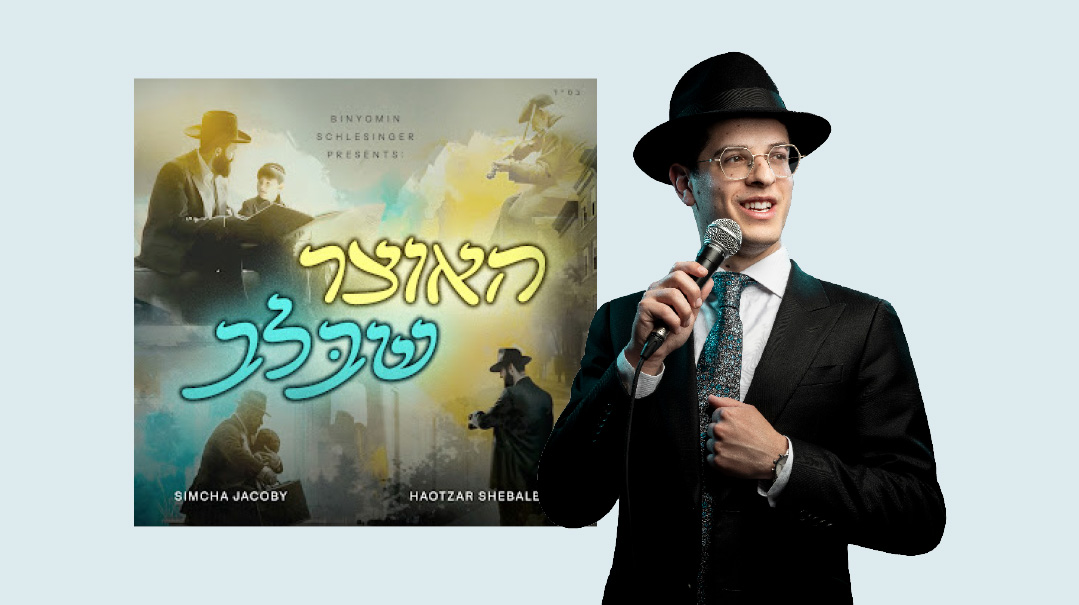They Stay with You Forever

The success of the concept behind the JEP recordings of the early 1970s
W

The Jewish Educational Program, better known as JEP, was created by Rabbi Mutty Katz and my brother Yosef Chaim, in order to bring a spark of Judaism to Jewish kids in public schools, who had little or no Jewish background.
One day, Reb Mutty came up with the idea of making an album of English camp-style songs and using the profits for a scholarship fund to get these children into Jewish schools. My brother Yosef Chaim liked the idea, so he approached a few people in the music business — who unanimously assured him that it would never get off the ground. Yosef Chaim dismissed their misgivings, though, and instead teamed up with his chavrusa, Moshe Hauben, along with a bunch of Yeshivah Torah Vodaath bochurim — future pillars of Klal Yisrael. Mordechai Finkelman, Shimon Finkelman, and Chaim Dovid Zweibel were in charge of lyrics, Shmuel Pollack was the adult choir director, and Yisroel Lamm was the musical director.
The first JEP album came out in 1973, and it didn’t take too long for Yosef Chaim to prove that his instincts were on the money. The album was a fusion of some new hits — who remembers the leibedig “Yehi Chevod Hashem Le’olam”? — and a few borrowed tunes with English words, but the original compositions were the real sellers. “Dear Nicholai,” written by Chesky Kornfeld and composed by Heshy Walfish as a Camp Kol Ree Nah alma mater, is a song in the form of a letter written to a child behind the Iron Curtain, deprived of all things Jewish. As child soloist Heshy Wolf belted out, “Your plight pierces my soul, a Jew truly exiled, but yet, a Jew of courage whose faith shall never die,” he opened many hearts. The other heart-clencher, “Six Million Tears,” was written by Chaim Schmell, who also headed the children’s choir for this first album. The two adult vocalists, Rabbi Berel Leiner and Rabbi Heshy Grunberger, who captured the pain and suffering of the Holocaust (“While six million tears fell to the ground, the world stood still, didn’t make a sound…”), went on to be the soloists for all future JEP albums.
As JEP continued to grow, so did the need for more scholarships funding — and in 1975 JEP II was born. Same combo of enduring Jewish hits (“Se’u She’arim,” “Ish Chasid”). The album opens with one of my favorite songs, “Times of Joy,” written by Abie Rotenberg, his first tune to ever make it onto an album (the tune was morphed from Abie’s first hit, “Ki Lecha Tov Lehodos”). Kudos to Moshe Mostovsky and Shloimy Reich, the child soloists on that song, and to JEP II children’s choir director Moshe Schmell, Chaim’s brother. Another great song is the title track, “Return my Children,” a Yonah Weinrib composition that featured Berel Leiner and introduced Rivie Schwebel as soloist.
The third JEP album was best known for the dramatic “Ani Maamin,” written by Sammy Borger and Berel Leiner, telling of a child witnessing the murder of his entire family at the hands of the Nazis, ending with the horrifying sounds of gunfire. I still remember the chills I got when Yonah Weinrib performed the narration in the studio.
At that time, my brother put an ad into the Jewish Press, looking for a child soloist. He got a call from a Dr. Newton Scherl, president of the medical staff of Engelwood hospital, regarding his son Zev, whose gifted voice ended up on many of the album’s solos. And decades later, our families are still in touch.
And then along came JEP IV in 1979. The album is named after the title track, “Someday We Will All Be Together,” and I don’t believe there’s ever been a song that’s had such an impact and is still loved. The shidduch of MBD and this song by Dina Storch was a match made in heaven. Other popular songs that emerged from this album were Ali Scharf’s “Urei Vanim,” featuring Suki’s famous piano solo, and “Benjy,” written by Moshe Hauben (who also wrote the classic “Yom Zeh Mechubad” on JEP III), a comedic look at being a religious Jew in the US army.
Besides the memorable albums that always trigger a boost of nostalgia, over the years many children have benefited from the JEP scholarships. Many years ago at a JEP shabbaton, there was a certain boy who was starting to show interest in keeping kosher. The JEP leader decided to give him a scholarship for four weeks at Camp Torah Vodaath, but wanted to make it look like a prize. So when it came to the raffle at the end of the shabbaton, it was prearranged with Rabbi Katz to pick his ticket. Reb Mutty, however, dropped the ticket and picked up another name. And so they decided to have two winners; the original boy and the new winner, who also ended up going to camp, became frum and started a kiruv center in New Jersey.
I’d be remiss if I didn’t mention the other vocalists on the JEP albums, great voices like Bumy Schachter (co-producer of JEP V, a comeback album after an 18-year hiatus), Heshy and Hilky Blumstien, Yossi Sonnenblik, Ali Scharf, Bency Schachter, and Eli Goldberg, and a long list of child soloists over the years, including Heshy Marx, Sruly Beylus, Meir and Naftali Rubin, Refael Friedman, Sheya Mendolwitz, Meir Kaufman, the Warman brothers, Eli Kahan and Chesky Kleiner a”h.
It’s amazing how many people today still remember every word of these songs over 40 years later. Because while camp might be over, the songs will stay with you forever.
(Originally featured in Mishpacha, Issue 836)
Oops! We could not locate your form.








Comments (3)